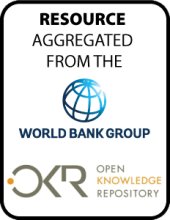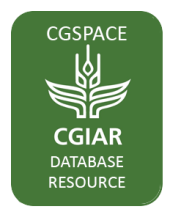/ library resources
Showing items 1 through 9 of 20.The most difficult water resources management challenge in the Ganges Basin is the imbalance between water demand and seasonal availability. More than 80 % of the annual flow in the Ganges River occurs during the 4-month monsoon, resulting in widespread flooding.
Multi-taxon surveys were conducted in species-rich, lowland palaeotropical and neotropical forested landscapes in Sumatra, Indonesia and Mato Grosso, Brazil.
Economic, agronomic, and biophysical drivers affect global land use, so all three influences need to be considered in evaluating economically optimal allocations of the world’s land resources.
The new scenario framework facilitates the coupling of multiple socioeconomic reference pathways with climate model products using the representative concentration pathways. This will allow for improved assessment of climate impacts, adaptation and mitigation.
Heterotrophic respiration is a major component of the soil C balance however we critically lack understanding of its variation upon conversion of peat swamp forests in tropical areas.
Livestock-wildlife interactions promote the transmission of a wide range of infectious diseases that constraint livestock production.
Feed and grazing management affect both the quantity and quality of animal manure and consequently nutrient cycling in the mixed crop-livestock systems in West Africa Sahel. Dietary measures can significantly influence the composition of manure and hence it’s agricultural value.
Pagination
Land Library Search
Through our robust search engine, you can search for any item of the over 73,000 highly curated resources in the Land Library.
If you would like to find an overview of what is possible, feel free to peruse the Search Guide.


